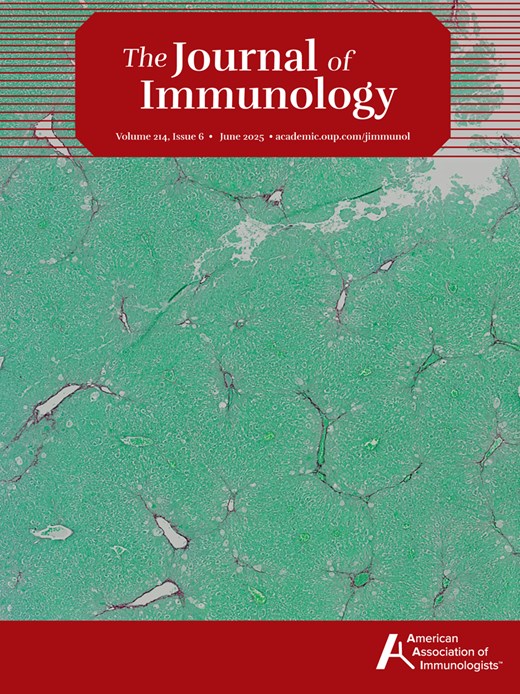Ver ítem
- xmlui.general.dspace_homeCentros e Institutos de InvestigaciónCICVyA. Centro de Investigación en Ciencias Veterinarias y AgronómicasInstituto de BiotecnologíaArtículos científicosxmlui.ArtifactBrowser.ItemViewer.trail
- Inicio
- Centros e Institutos de Investigación
- CICVyA. Centro de Investigación en Ciencias Veterinarias y Agronómicas
- Instituto de Biotecnología
- Artículos científicos
- Ver ítem
Neutrophils from tuberculosis patients are polarized toward pro-inflammatory and anti-inflammatory phenotypes according to the disease severity
Resumen
Neutrophils are the first line of defense against pathogens, combating them by using several antimicrobial mechanisms. These cells display a remarkable plasticity that can be molded by the different environments that neutrophils confront to protect the host, therefore presenting diverse phenotypes. Actually, pro- and anti-inflammatory neutrophils populations (N1- and N2-like phenotypes) have been described in cancer and inflammatory disorders. However,
[ver mas...]
Neutrophils are the first line of defense against pathogens, combating them by using several antimicrobial mechanisms. These cells display a remarkable plasticity that can be molded by the different environments that neutrophils confront to protect the host, therefore presenting diverse phenotypes. Actually, pro- and anti-inflammatory neutrophils populations (N1- and N2-like phenotypes) have been described in cancer and inflammatory disorders. However, the identification of N1/N2 neutrophil subtypes in human intracellular bacterial diseases remains unexplored. Here, we characterized neutrophils from tuberculosis (TB) patients presenting distinct immunological status according to their disease severity. TB patients were classified as high or low responders (HR or LR) in accordance with their immunity against Mycobacterium tuberculosis (Mtb). Interestingly, by analyzing the phenotypic and functional characteristics of neutrophils from the two groups of TB patients we demonstrated that HR patient’s neutrophils display a pro-inflammatory N1-like phenotype, whereas LR patient’s neutrophils show an anti-inflammatory N2-like phenotype. Remarkably, whereas neutrophils from both groups of patients phagocytized MtbH37Rv strain equally, HR TB’s neutrophils displayed a significantly increased ability to kill pathogenic Mtb as compared to neutrophils from LR TB patients that presented a diminished capacity of bacterial elimination. Together, our findings suggest the existence of different subtypes of neutrophils in TB patients according to their immune response to Mtb and disease severity, indicating that neutrophils might be promising targets for TB host-directed therapy.
[Cerrar]

Autor
Morelli, María Paula;
Martin, Candela;
Pellegrini, Joaquín Miguel;
Blanco, Federico Carlos;
Bigi, Fabiana;
Ciallella, Lorena;
Musella, Rosa María;
Rodriguez Mieres, Adriana;
de Casado, Graciela C.;
Palmero, Domingo;
García, Verónica Edith;
Fuente
The Journal of Immunology 214 (6) : 1173-1186 (June 2025)
Fecha
2025-06
Editorial
American Association of Immunologists
ISSN
1550-6606
Formato
pdf
Tipo de documento
artículo
Palabras Claves
Derechos de acceso
Abierto
 Excepto donde se diga explicitamente, este item se publica bajo la siguiente descripción: Creative Commons Attribution-NonCommercial-ShareAlike 2.5 Unported (CC BY-NC-SA 2.5)
Excepto donde se diga explicitamente, este item se publica bajo la siguiente descripción: Creative Commons Attribution-NonCommercial-ShareAlike 2.5 Unported (CC BY-NC-SA 2.5)


